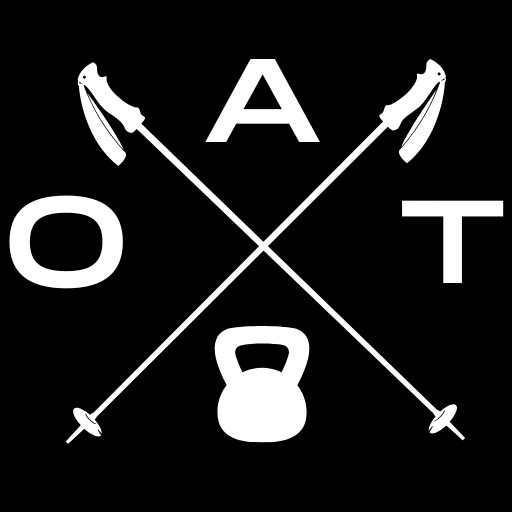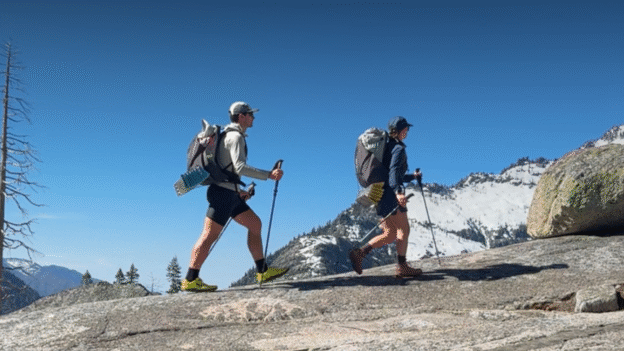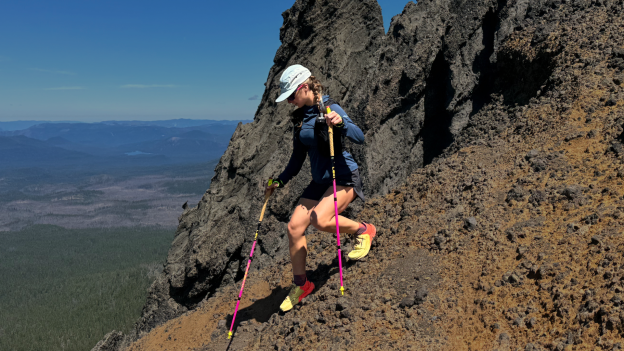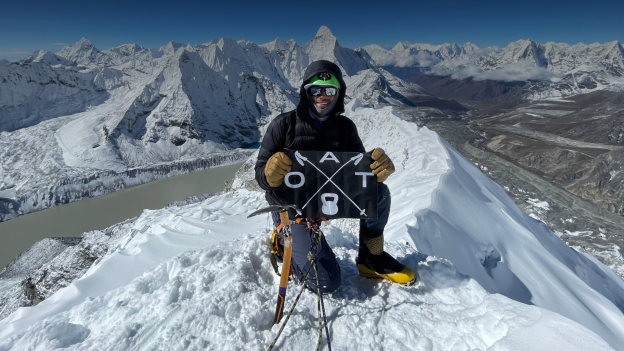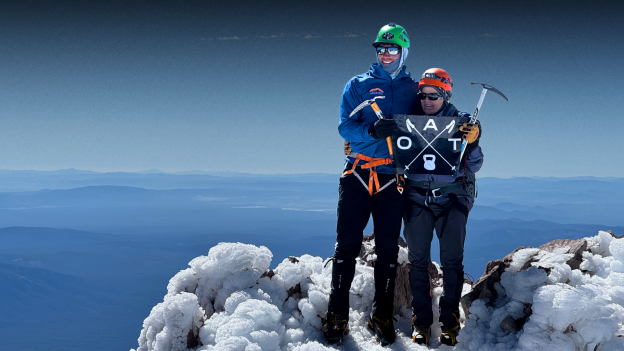Half Dome or Bust
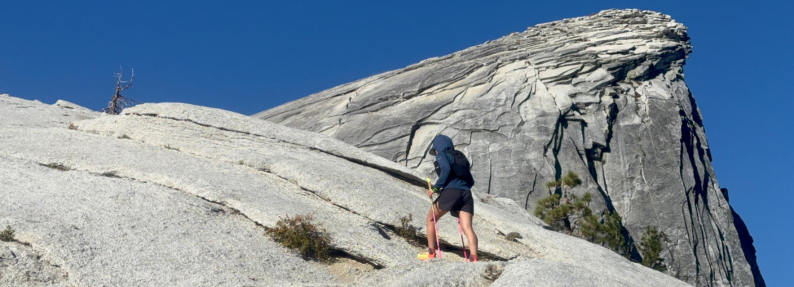
Yosemite National Park
Climbing Half Dome
Yosemite National Park — the crown jewel of California’s Sierra Nevada Range. It’s home to towering granite walls, some of the oldest trees in the world, and over 1,100 square miles of pristine wilderness. But it’s also a place of contrasts: overcrowded trails, packed campgrounds, and a highly competitive permit system for iconic hikes.
This summer, the OAT Team has been training hard for a three-week trip to the European Alps, preparing for treks in Austria, the Dolomites, and the Tour du Mont Blanc. With family and friends to visit in the Bay Area just before departure, we were able to lock in three nights at Upper Pines Campground in Yosemite Valley.
We had no set plans beyond “get after it” in the mountains — one more training push before the Alps. When we booked the site months earlier, Half Dome was the goal. I climbed it once before back in 2012 — in Nikes and cotton socks, no less — and it took me over 12 hours. This time, I wanted to do it again, but in good style.
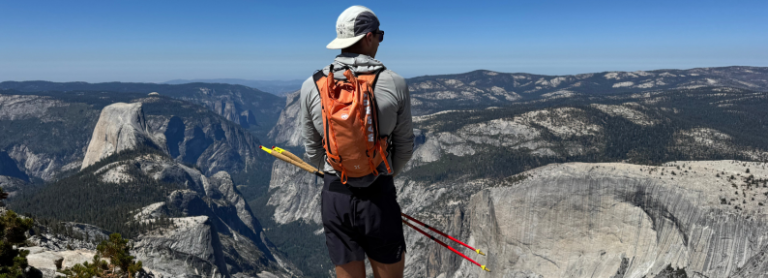
Half Dome Lottery System
Half Dome is the only permitted day hike in Yosemite Valley. With only 300 permits issued per day and over 4 million visitors to the park each year, it’s no surprise they’re hard to come by. The permit system exists for good reason: the infamous cables leading up the Dome can become dangerously overcrowded without controls.
Here’s how it works:
Daily lottery: You apply two days in advance, between midnight and 4 p.m. PT.
Results: Notifications arrive later that same day.
One application per person: You must apply under your legal name, and show matching government-issued ID at the permit checkpoint.
No duplicates: Multiple entries from the same person are canceled without refund.
Simple enough — but odds are not always in your favor.
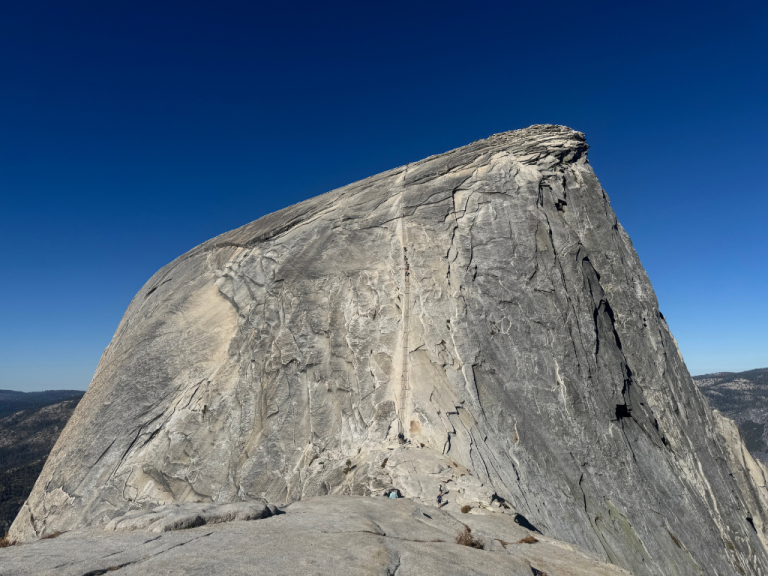
Half Dome and the Cables from the top of the Sub Dome
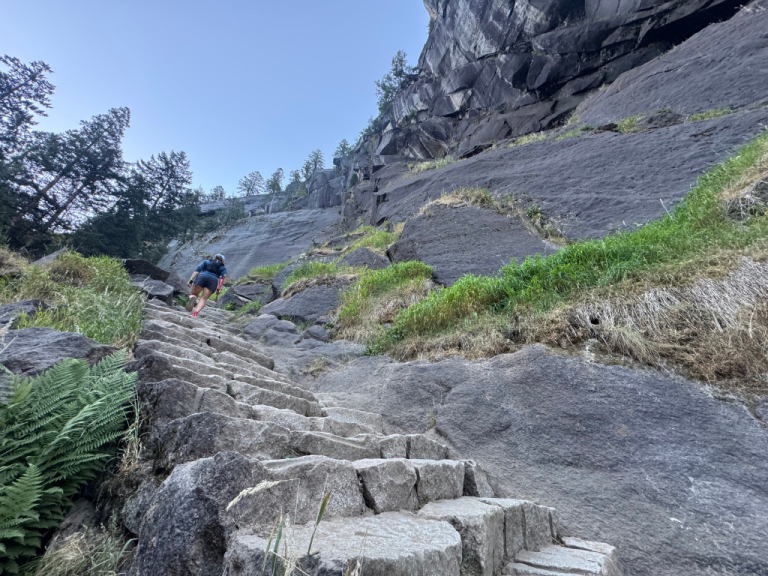
Emily charging up the stairs of the Mist Trail
Low Expectations High Vibrations
We’d heard the horror stories: two-hour waits at the cables and long-shot odds of landing a permit. So we kept our expectations low. If we got it, great. If not, Yosemite has no shortage of world-class hikes.
We applied on Sunday for a Tuesday permit. Both applications failed. Our Plan B: Clouds Rest from the valley floor — often said to have some of the best views in the park.
Driving in on Monday for our first night, we decided to try once more for Wednesday’s lottery. After an afternoon wandering the Valley Trail and cooling off in the Merced River, we finally found enough service to check our email. The magic word appeared: Congratulations.
Half Dome was on.
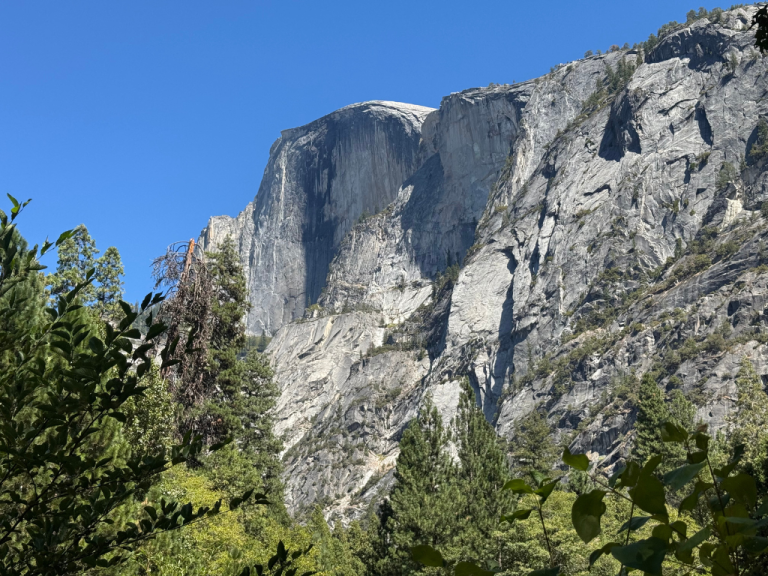
Views of Half Dome from the Yosemite Valley

From our campsite at Upper Pines looking up at Glacier Point
A Warmup on Clouds Rest
With Half Dome secured for Wednesday, we chose Clouds Rest from Tenaya Lake as our warmup. After a night of barking dogs and humming generators at Upper Pines, we drove Highway 120 to Tenaya and snagged one of the last parking spots.
The trail to Clouds Rest is about 13 miles round trip with 3,000 feet of gain. From the first step, the jump to 8,500 feet hit us hard. But the trail delivered: sweeping 360-degree vistas and a perfect view of Half Dome looming above Yosemite Valley. A quick lake dip at the finish made for ideal recovery before the main event.

Mikey and Emily at the top of Clouds Rest
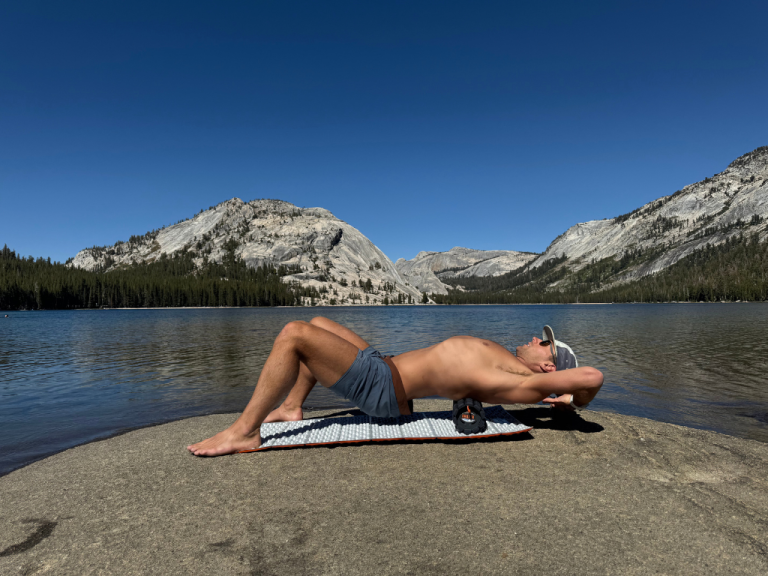
Cool down and recovery at Tenaya Lake
The Dome
Dinner was vegan mac and cheese with chickpeas, followed by an early bedtime. We started at 6 a.m. from Curry Village, enjoying cool temps and a quiet Mist Trail. Our game plan was simple: jog the flats, power hike the climbs, and run the downhills — moving in a way that felt fun, not forced.
The first hour delivered 2,000 feet of gain, waterfalls cascading beside us despite a dry summer. By Little Yosemite Valley, we’d passed dozens of groups and still felt strong.
At the base of the Subdome, a ranger gave us the briefing: another 30 minutes to the Subdome summit, then another 30 on the cables. We stashed our poles and gripped the steel. The 400-foot cable section is only three feet wide, steepening to over 45 degrees with slick granite and exposure thousands of feet above the Valley. Wooden planks at each post offered short rests, but the real challenge was weaving through uphill and downhill traffic.
We moved steadily and, thanks to light crowds, topped out in under 15 minutes. Just over three hours from the Valley floor, we stood on Half Dome’s summit, joining a group of hikers perched on the 4,000-foot cliff edge with PB&Js in hand.
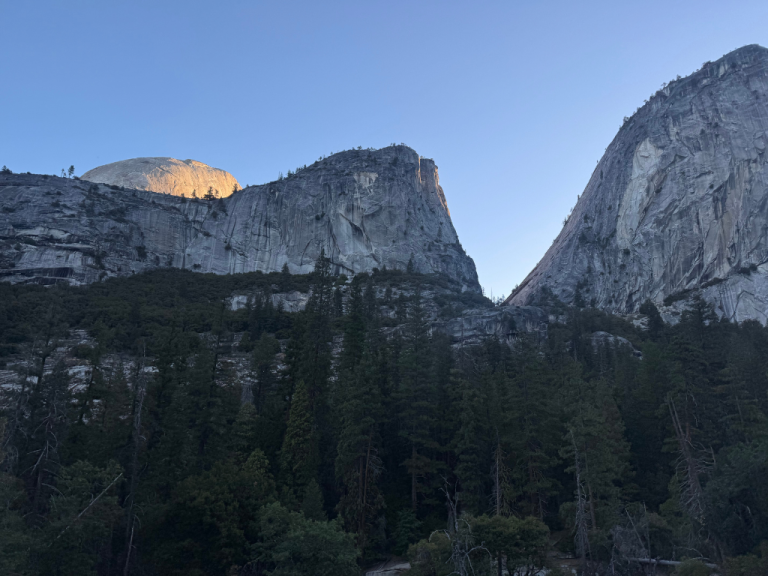
Half Dome in morning light
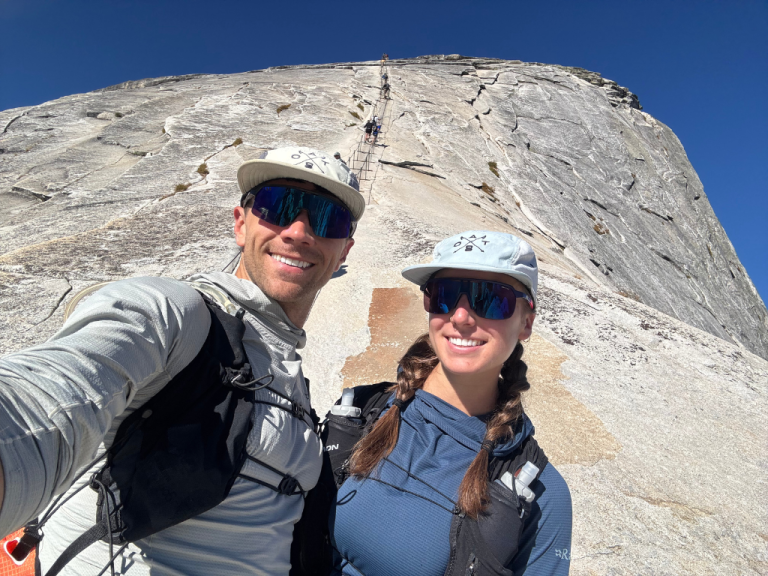
Mikey and emily at the bottom of the Cables
Summit Friends
On the summit, we met Greg — a hiker who’d been following OAT on Instagram and had used our training tips to prepare for Half Dome from flatland Virginia. We swapped stories, snapped a photo with the OAT flag, and began the descent.
Heading down was easier but tough on the hands. The sun-heated cables left us raw, and the midday crowds jammed the route. Passing became a matter of trust — one slip could cascade into disaster. Yet the vibe stayed positive, with hikers encouraging one another every step of the way
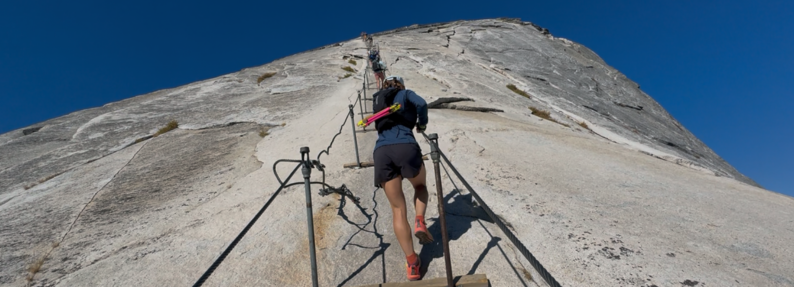
Emily hauling here way up the Cables
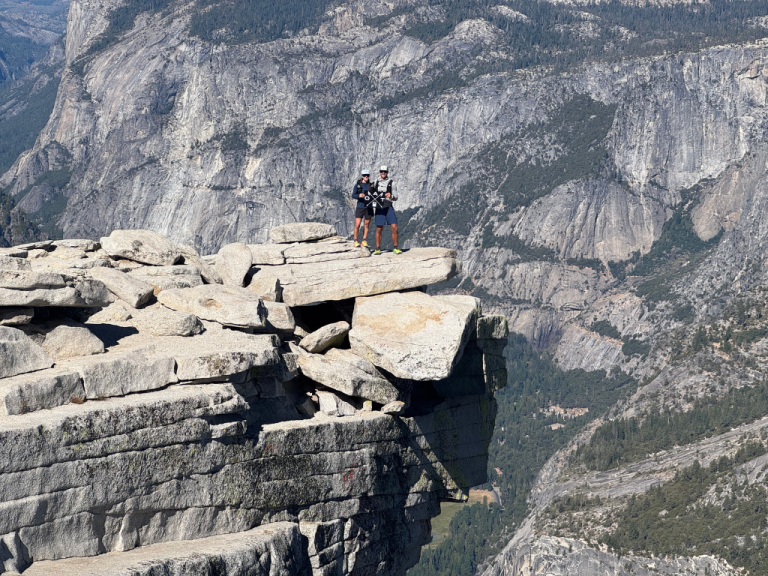
Classic Half Dome Summit Photo
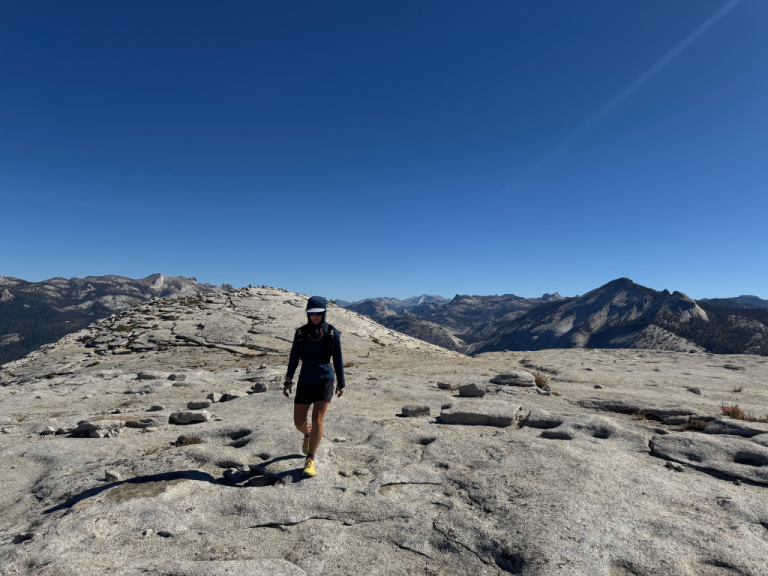
Emily walking on top of Half Dome
Fitness Creates Opportunities
By early afternoon, we reached the Merced in Little Yosemite Valley. Shoes off, water break, swim. The perfect reset before a final push down the John Muir Trail. Thousands of visitors were making their way up — families, newlyweds, tourists who might not call themselves hikers but were giving it a go. Some were smiling, others sunburned and exhausted, but all were breathing mountain air.
It reminded me of OAT’s core belief: fitness opens doors. With a baseline of strength and endurance, you can step into these moments prepared, capable, and able to truly enjoy them.
That day we covered just over 30 miles and 8,500 feet of elevation gain in 24 hours. Back at Curry Village, we celebrated with vegan pizza and another dip in the Merced, grateful for the fitness that made it possible — and for what lay ahead in the Alps.
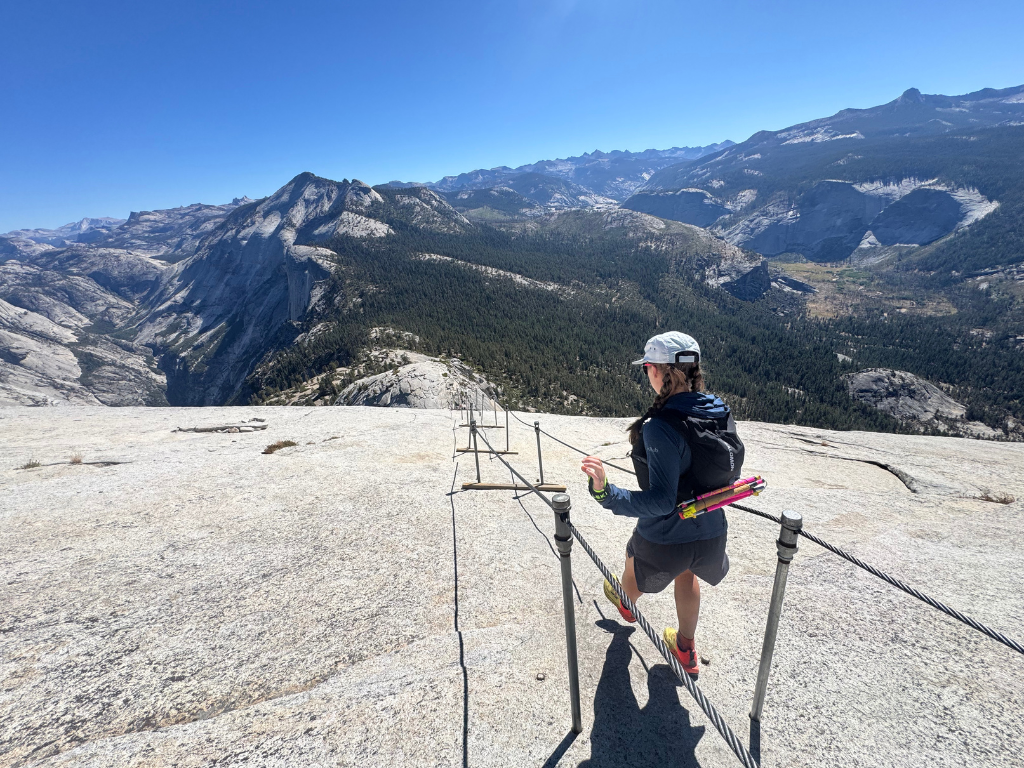
Emily starting her way down the cables
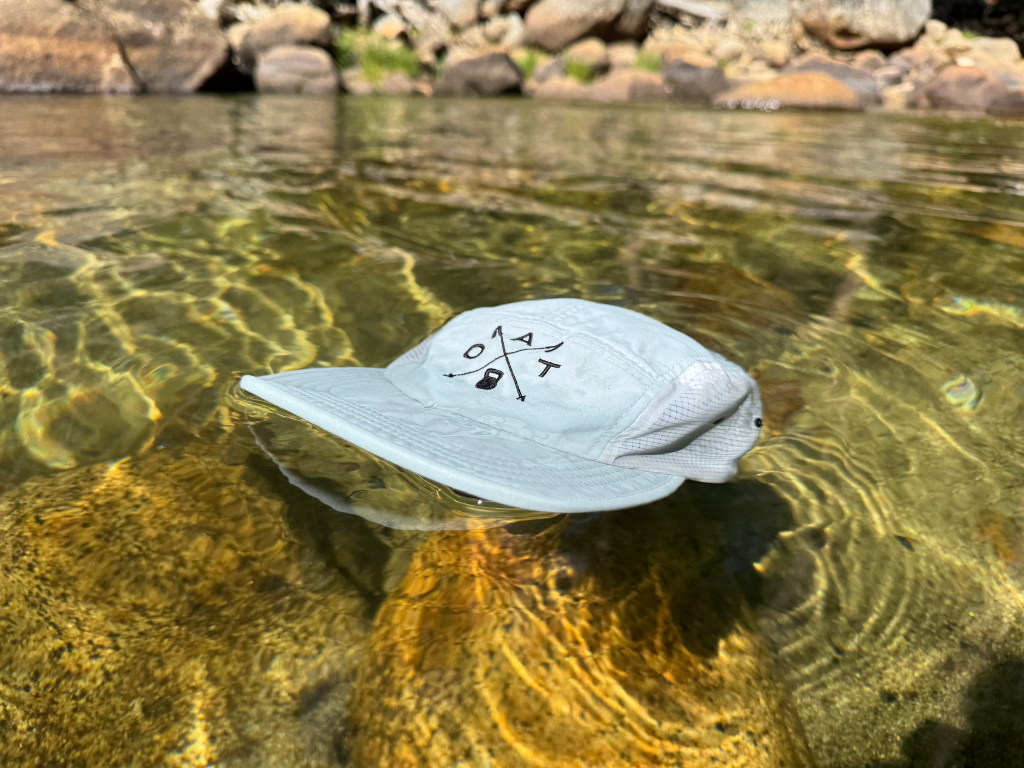
OAT Hat Cool Down
Stay Tuned
Half Dome reminded us why we train: not just for summits, but for the energy and confidence to enjoy every mile. If you’re preparing for Yosemite, the Alps, or any big trek, training makes the difference.
Check out our Backpacker’s Bootcamp — a structured, science-based training program built for hikers and trekkers who want to go farther, feel stronger, and make the most of their time in the mountains.
Stay tuned to the Backcountry Blog and our Tracker Page to follow our upcoming adventures through the Alps.
Find Your Program
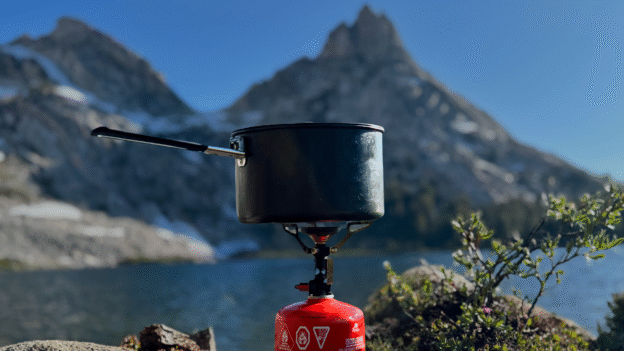
Nutrition Coaching
Performance nutrition for recovery, energy, and long-term outdoor longevity.
Learn MoreHave Questions?
We understand that starting a training program is a commitment you’re making, and we want to ensure that you get the most out of your experience with us. Ahead of registering for any of our programs, we’re available for a free 30-minute consultation to address any questions you may have.

